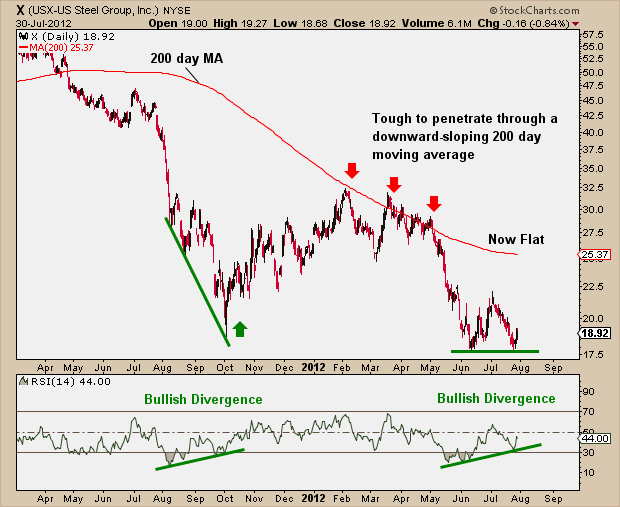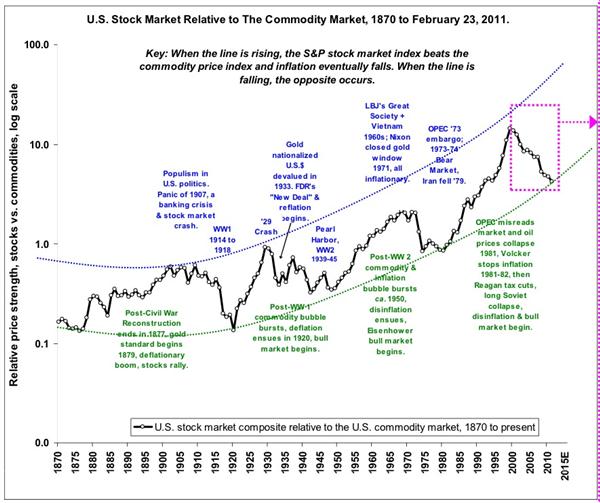by Michael Tarsala
The transportation companies are still struggling, and they are sending repeated warning signals about future economic growth.
Transportation stocks matter. The amount of stuff shipped — and the profits derived from it — gives us important insights into the economy’s strength. That’s why the recent news out of UPS and FedEx have been so disappointing, and a potentially bad sign for the economy and eventually, perhaps the stock market.
Add to those concerns an earnings warning this week from railroad Norfolk Southern (NSC). The company is seeing a decline in both merchandise and coal shipments.
In an ideal world, you want to see transportation stocks confirming a market uptrend. That goes all the way back to Dow Theory. Stocks of companies that ship goods should be moving higher along with those that make goods. When they are not, it can help mark a rally’s end point.
The Dow Transportation Index ($TRAN) has been moving pretty much sideways since February while the S&P 500 has recently broken out to highs not seen since 2008. That alone could spell trouble.
What really would have been awful news, though, is if the Dow Transportation Index actually broke lower out of that sideways trend. That nearly happened two weeks ago. Thankfully, the ECB bond-buying program and the Fed’s QE3 announcement sent the broad markets higher, helping to keep the transports from breaking down.
Just a week removed from QE3, however, the Dow Transportation Index is again a breakdown threat. It stands in stark contrast to the S&P 500, which is still sitting near five-year highs.

Source: Stockcharts.com
A lot of things are going right with the economy. GDP growth in the U.S. remains positive amid the global growth worries. The services sector is still growing. The housing market continues to show signs of strength. And while the jobs market is not improving quickly, there are few signs that it is rapidly declining from here.
The signals being sent from the transportation sector, however, are still saying something negative and must be weighed into any economic or market forecast.



